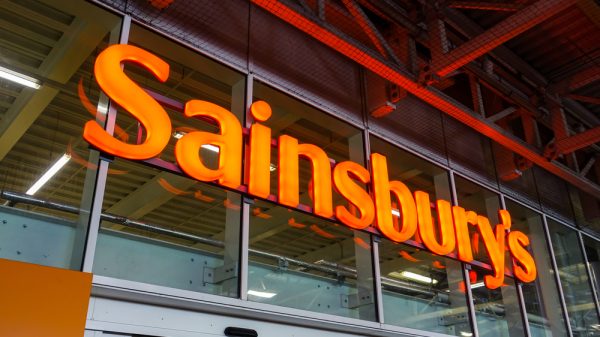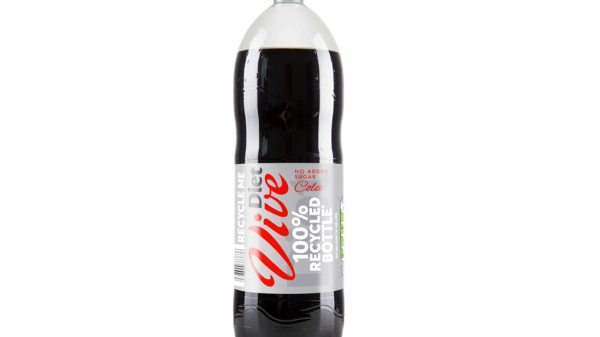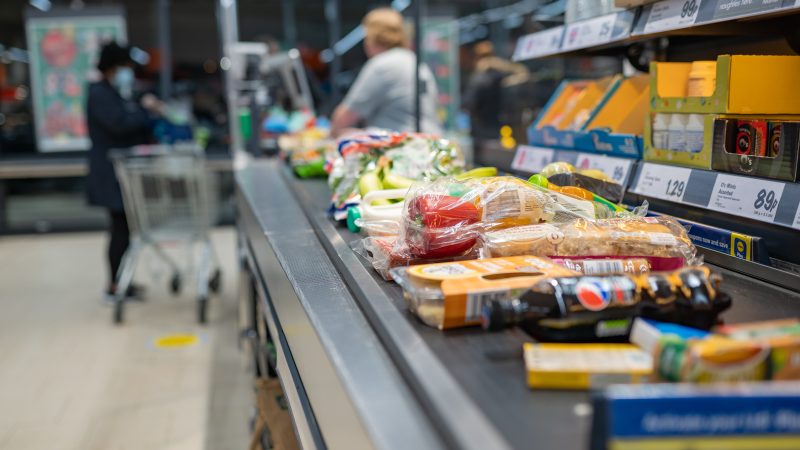Unhealthy food promotions will be banned in supermarkets and convenience stores across the UK from October 2022, with ‘buy one get one free’ or ‘3 for 2’ offers on biscuits, crisps and sugary cereals soon to be a thing of the past.
The move forms key part of the government’s strategy to tackle obesity and will require supermarkets to phase out multibuy promotions, but as supermarkets begin to prepare for the upcoming legislation, the wider ramifications of the government’s diet-based policy are becoming clear.
The future of retail marketing and promotions can already be seen in select Tesco and Sainsbury’s stores. Customers are able to catch their first glimpse of what a healthier shopping experience will look like, with HFSS promotions removed from key area including checkouts, store entrances, aisle ends and their online equivalents.
However, the ambiguity of the HFSS legislation, the lack of evidence supporting its effectivity and the omission of underlying factors of obesity have also seen doubt among organisations and consumers. So how will HFSS shape the way we shop?
What is HFSS?
In June 2021, the government released the outcome of their consultation, detailing the restriction of HFSS products and their promotion by price and location.
The initiative is part of the Department of Health and Social Care’s “tackling obesity” strategy and is being hailed as a “wake-up call”, addressing the 63% of adults and one in every three 11-year-olds who are “overweight”. The new HFSS policy aims to reduce obesity rates and “improve the nations’ health”.
The legislation sets out clear guidelines, banning HFSS products from being placed within two meters of the checkout areas, queuing areas or self-checkouts. Products cannot be placed at the end of aisles, or in island bin displays, while store entrances are also prohibited from displaying HFSS products.
The policy extends to volume and multibuy discounts, but still allows non-volume promotions such as money off via loyalty schemes like Tesco’s Clubcard.
How are supermarkets adapting to HFSS policy?
So far, Tesco and Sainsbury’s are the only Big 4 grocers to begin HFSS restructuring ahead of enforcement in October.
“We welcome the government’s ongoing focus on obesity and are working closely with them to understand the detail of the new legislation and to make sure we can implement the changes effectively and communicate the changes to customers,” said a Tesco spokesperson.
“This process is ongoing and forms part of our wider strategic approach to healthy and sustainable diets, and the work we are doing to deliver against our health commitments.”
It appears that the supermarket has trialled a new HFSS structure in its Leicester and Royston branches, removing products from the end of aisles and replacing them with juice, detergent, and toilet roll.
Tesco has also rolled out a number of ‘under 100 calories’ bays and healthier sections in some stores, promoting healthier snacks such as low-sugar cereals and low-fat yoghurts or high-protein offerings such as tinned beans and veg.
Sainsbury’s has focused on the promotion restrictions of HFSS rather than the placement regulations.
According to the investment NGO ShareAction, Sainsbury’s is the “only supermarket well prepared for the new restrictions”, as it has already stopped multi-buy promotions of all HFSS products.
Comparatively, Asda and Morrisons currently run over 300 HFSS promotions per week on average, with Tesco trailing behind at 120 promotions per week.
ShareAction also highlighted that Sainsbury’s has not ditched HFSS promotions entirely, instead choosing to focus on meal deal and price-based promotions – which are still allowed under the new legislation. In fact, Sainsbury’s ran more HFSS meal deal and price promotions compared to Tesco, Morrisons and Asda, totalling at 1,100 per week. Some 800 of those were particularly relevant to children.
While the government needs to be wary of policing consumer diets too closely, ShareAction believes that the HFSS policy falls short of holistically addressing marketing strategies.
“With two in every three pounds spent in food going to supermarkets, these companies have a major influence on the nation’s eating habits,” said ShareAction senior manager Ignacio Vazquez.
“By better integrating consideration around nutrition in their promotional and marketing strategies, progressive retailers can stay ahead of the growing regulations in this space while driving improvement in public health outcomes.”
How will HFSS changes impact consumers?
As retailers begin restructuring or shifting marketing strategies to address the HFSS policy, we can begin to see the effect the changes will have on consumers.
The Children’s Food Campaign has been calling for junk food to be removed from checkouts for over 20 years.
“We’re delighted that parliament has finally passed regulations that will create a level playing field for all large stores and reduce the constant flow of junk food promotions in prominent locations,” Children’s Food Campaign coordinator Barbara Crowther told Grocery Gazette.
“We’re encouraged to see the food and drink industry already preparing for the new regulations in many different ways, including manufacturers reformulating and launching new non-HFSS products, retailers reviewing their ranges and display plans as well as trialling new store layouts.”
Crowther highlighted the need for manufacturers and retailers to go beyond the “letter of the new regulations” and adopt a “full spirit of what they are intended to do”.
The advice comes as concerns rise over supermarkets’ ability to find loopholes in the HFSS restrictions. By opening mid-aisle category spaces to promote branded confectionery, expanding the size of crisp packets and running price discounts instead of volume discounts, HFSS sales can continue to soar.
Furthermore, eating disorder charity, Beat has raised concerns over non-HFSS initiatives being based on calorie intake.
‘It’s concerning to hear that supermarkets such as Tesco are introducing low-calorie aisles,” Beat director of external affairs Tom Quinn told Grocery Gazette.
“From the people we support, we know that focusing on calories can encourage a fixation on food, weight and exercise. This can inspire people who are vulnerable to eating disorders to carry out harmful behaviours, or worsen existing symptoms for somebody who is already unwell.”
Quinn added: “1.25 million people in the UK have an eating disorder, and we believe that removing low calorie aisles would be beneficial to many.”
The future of HFSS: the role of retail in tackling obesity
While HFSS policy is a breakthrough for food campaigners, it needs to be addressed with integrity and sensitivity. The temptation to offer price discounts, larger packaging and seasonal promotions must be dampened by cross-industry commitments to promote health and wellbeing.
However, while HFSS legislation is helpful, the obesity crisis goes far beyond the capacity of a supermarket and individual consumption habits.
The Food and Drink Federation (FDF) highlighted that “there is very limited evidence to suggest that [HFSS policy] would help reduce childhood obesity,” as underlying factors permeate corporate responsibility.
Processed foods have been available for over a century, but rising levels of obesity in recent decades has been centred around the financial and physical accessibility of HFSS products.
Retailers, suppliers and the government must all recognise the systemic link between obesity and poverty. Reducing poverty and focusing on low-income families must be at the core of any “tackling obesity” policymaking.
While implementing the HFSS policy in supermarkets – if handled with sensitivity – is a start to tackling obesity, the government’s efforts should not be confined to the retail sector.
Click here to sign up to Grocery Gazette’s free daily email newsletter










